Up next: Today @
8:00 AM
CATHRYN CARPENTER
Newsletter
Now Playing
Recently Played
Superstar
Sonic Youth
3 minutes ago
Microscope
Emily Blue
7 minutes ago
I Walk The Line
Halsey
10 minutes ago
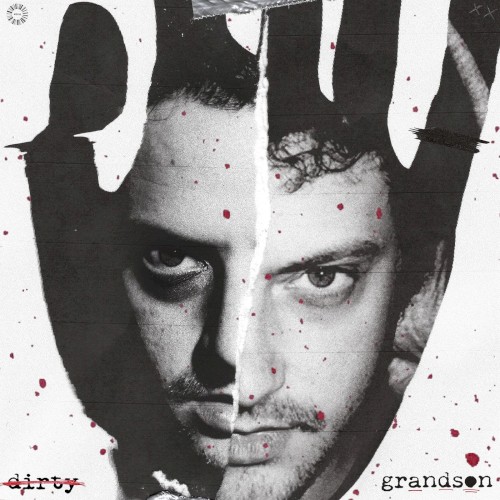
Dirty
grandson
13 minutes ago
Rescue Me
OneRepublic
16 minutes ago
Killing A Camera
Braid
19 minutes ago

Brazil
Declan McKenna
23 minutes ago
Obstacle Illusion
Snack'd Out
25 minutes ago
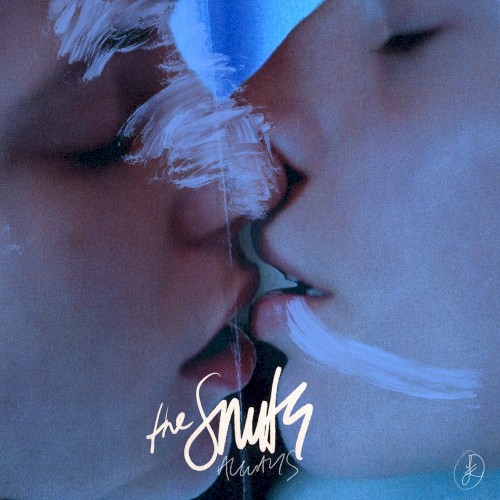
Always
The Snuts
29 minutes ago
Sleep Now In The Fire
Rage Against The Machine
32 minutes ago
Enlighten Me
Grouplove
36 minutes ago

I Write Sins not Tragedies
Panic! At the Disco
40 minutes ago
Wolf
LION
43 minutes ago
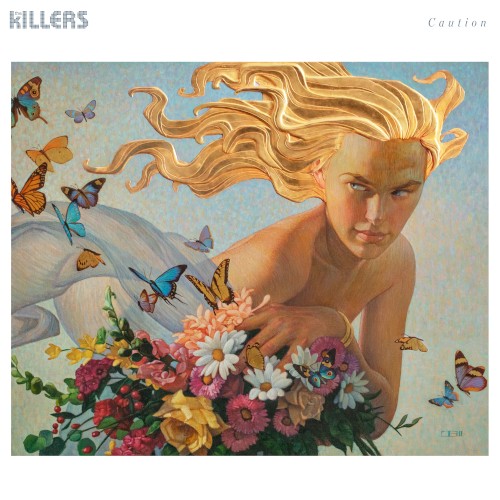
Caution
The Killers
47 minutes ago
Wait For Me
Oracle Sisters
50 minutes ago
Skippin' Down the Sidewalk
Amelia Day
53 minutes ago

We Built Another World
Wolf Parade
57 minutes ago
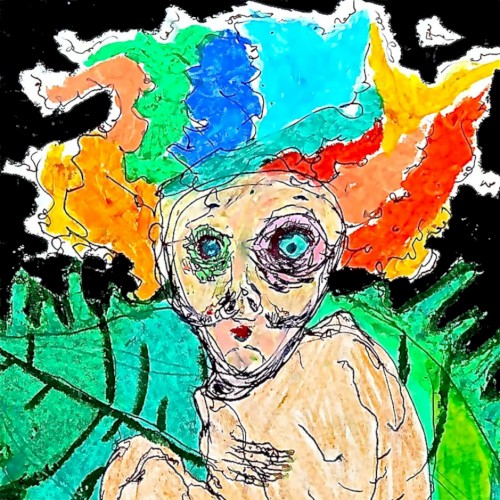
Goodie Bag
Still Woozy
59 minutes ago
Rules of War
Afton Wolfe
Over an hour ago
Bulls On Parade
Rage Against The Machine
Over an hour ago
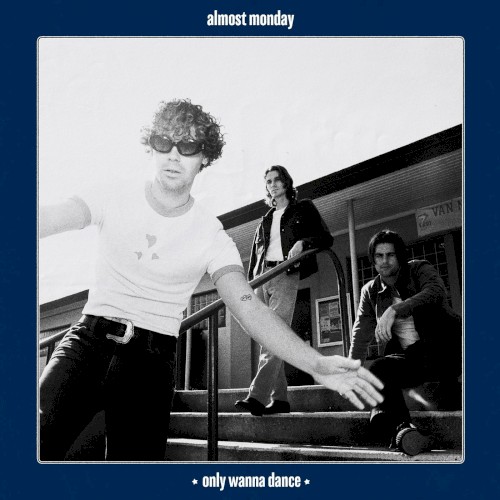
only wanna dance
almost monday
Over an hour ago
The Walker
Fitz and the Tantrums
Over an hour ago
Fast Talk
Houses
Over an hour ago
High
Sun Stereo
Over an hour ago
Season 2 Episode 3
Glass Animals
Over an hour ago
Bored To Death
Blink-182
Over an hour ago

Harlem
Cathedrals
Over an hour ago

WHAT LOVE?
I Don't Know How But They Found Me
Over an hour ago
Crystalized
xx, The
Over an hour ago
